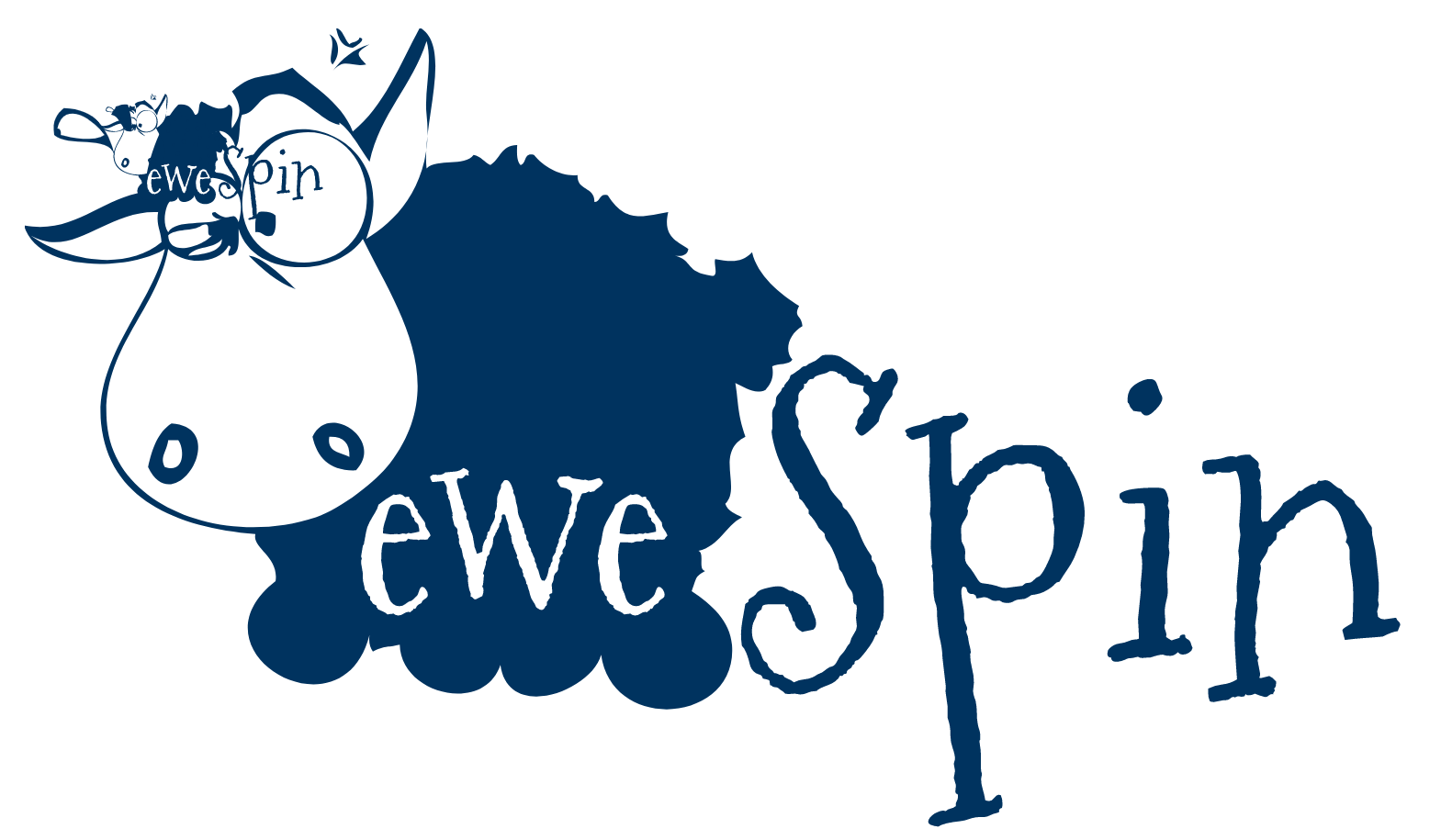Many older and current spinning wheels use one of the following systems to allow the flyer to wind yarn onto a bobbin: a double-drive system, a Scotch tension system, or an Irish tension system.
With any of these systems the user must interact with the drive band and/or tension band by having to install, remove and know which pulley each band must be attached to for the system to work correctly. In addition, many spinning wheels have different size pulleys (whorls) that need to be installed and removed.
One of the main objectives of the ewespinner is to make an easy to use electric yarn spinner, where the user doesn’t have to worry about these systems.
After researching the different systems, I decided to use a mixture of the well known double-drive system and Scotch tension system, but with some modifications. Many past and present spinning wheels support these different systems, but with the availability of developer friendly micro-controllers, it’s now possible to display important information back to the user, like bobbin and flyer RPM. This helps the user create consistent yarn and make spinning more enjoyable.
The following are the two systems I based my variable double-drive system on.
Double-drive system:
This is where the bobbin will spin FASTER than the flyer, which causes the bobbin to pull on the newly twisted yarn and wind it onto itself. This is accomplished by connecting the drive band to a pulley on both the bobbin and flyer, each pulley having a different size diameter. Because the bobbin’s pulley diameter is smaller than the flyer’s pulley, both pulleys will turn at different RPMs (revolutions per minute). Basically, when the bobbin spins faster than the flyer, any newly spun yarn will be wound onto the bobbin.
Scotch tension:
This is where the bobbin will spin SLOWER than the flyer, which causes the flyer to wind yarn onto the bobbin (opposite of double-drive). This is accomplished by connecting the drive band to the flyer’s pulley and connecting a brake band to the bobbin’s pulley. To create a difference in RPM between the bobbin and flyer, this system uses the brake band’s tension to cause friction and slow the bobbin so that the faster spinning flyer can wrap newly spun yarn around the bobbin.
Why use Variable double-drive system?
The ewespinner, from the very beginning, was designed around the ability to easily install and remove the bobbin (Pull-pin bobbin quick release). Because I didn’t want the user to have to interact with drive or brake bands, whorls, removing bobbin’s from a shaft, or understand the different pulley ratios, I needed to figure out a different way to spin the bobbin slower than the flyer. After much creative thinking and testing, I decided to use two motors with two separate drive bands: one motor to control the speed of the flyer and the other motor to control the speed of the bobbin. Because the two motors are controlled by a micro-controller, each motor’s RPM can be varied. I call this a variable double-drive system because it incorporates design features of both a double-drive system (bobbin and flyer each spinning at a different RPM), and the Scotch tension system’s method of slowing the bobbin so that the flyer can wrap newly spun yarn around the bobbin.
There are additional advantages of using a micro-controller too, for example, it can:
- Allow the user to set a specific RPM for both the flyer and bobbin, but more importantly, display the RPMs as real numbers. This will allow a user to either configure the ewespinner in future spinning sessions with previous settings that worked great for them in the past, share their setting with others, or get settings from other ewespinner users.
- Auto maintain RPM (revolutions per minute). The micro-controller can monitor the RPM of both the flyer and bobbin using speed sensors. This would allow the micro-controller to maintain the RPM of both the flyer and bobbin by increasing or decreasing the power to the motor to continuously try and match the user’s selected RPM for both the flyer and bobbin. This is important because in a system like Scotch tension, when the bobbin started to fill up with yarn, it was up to the user to continually adjust the tension string to compensate for the heaver load.
- Help prevent inconsistent yarn by having both the flyer and bobbin spin at the same speed when first starting up or stopping. For example, when the user presses the big red button to stop the spinner, the micro-controller will wait for the flyer and bobbin to both spin at the same speed (no take-up). Once this happens, the micro-controller will then slow both the bobbin and flyer to a complete stop. Basically, there is little to no take-up resulting in any newly twisted yarn not spooling onto the bobbin. This is important because the twist in the fiber changes when the flyer is slowing down causing inconsistent yarn being spooled onto the bobbin.
Well, there is no off the shelf micro-controller that would do what I wanted, so I started down the path of learning how to program a micro-controller. The hardest part was getting the micro-controller to simultaneously do more than one thing at a time. I had to program the micro-controller to do all of the following at the same time:
- Display RPM on two different LED displays.
- Calculate RPM based on rotation of two different magnets triggering two different hall effect sensors.
- Receive input from multiple push button switches and potentiometers.
- Monitor and maintain RPM for two different motors
- Monitor RPM vs motor power to detect if a drive belt has broken and to shut down the motors if necessary

